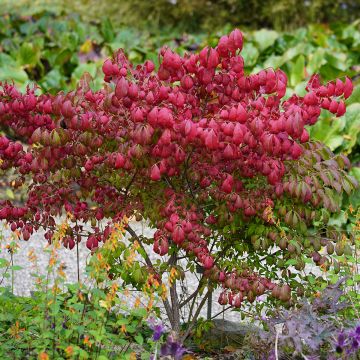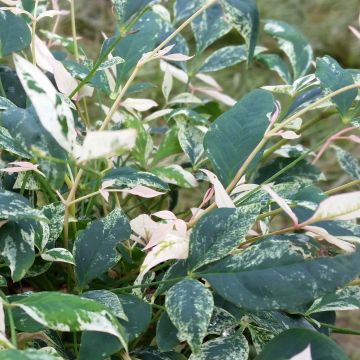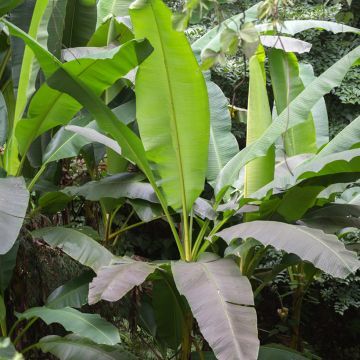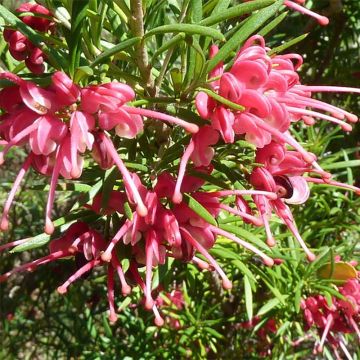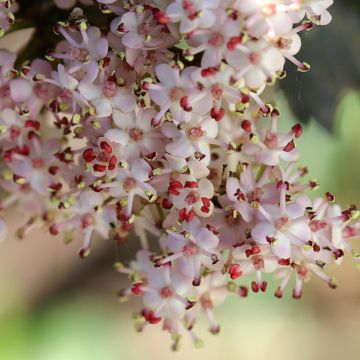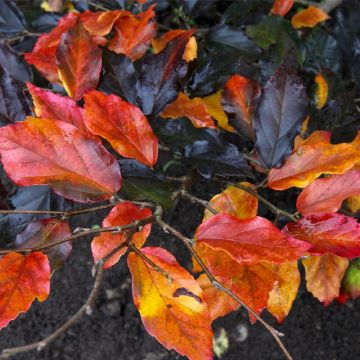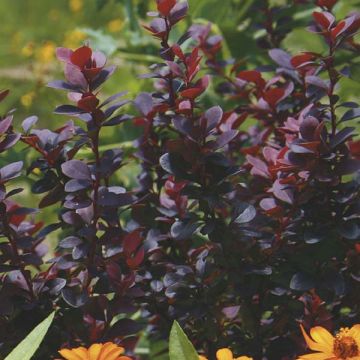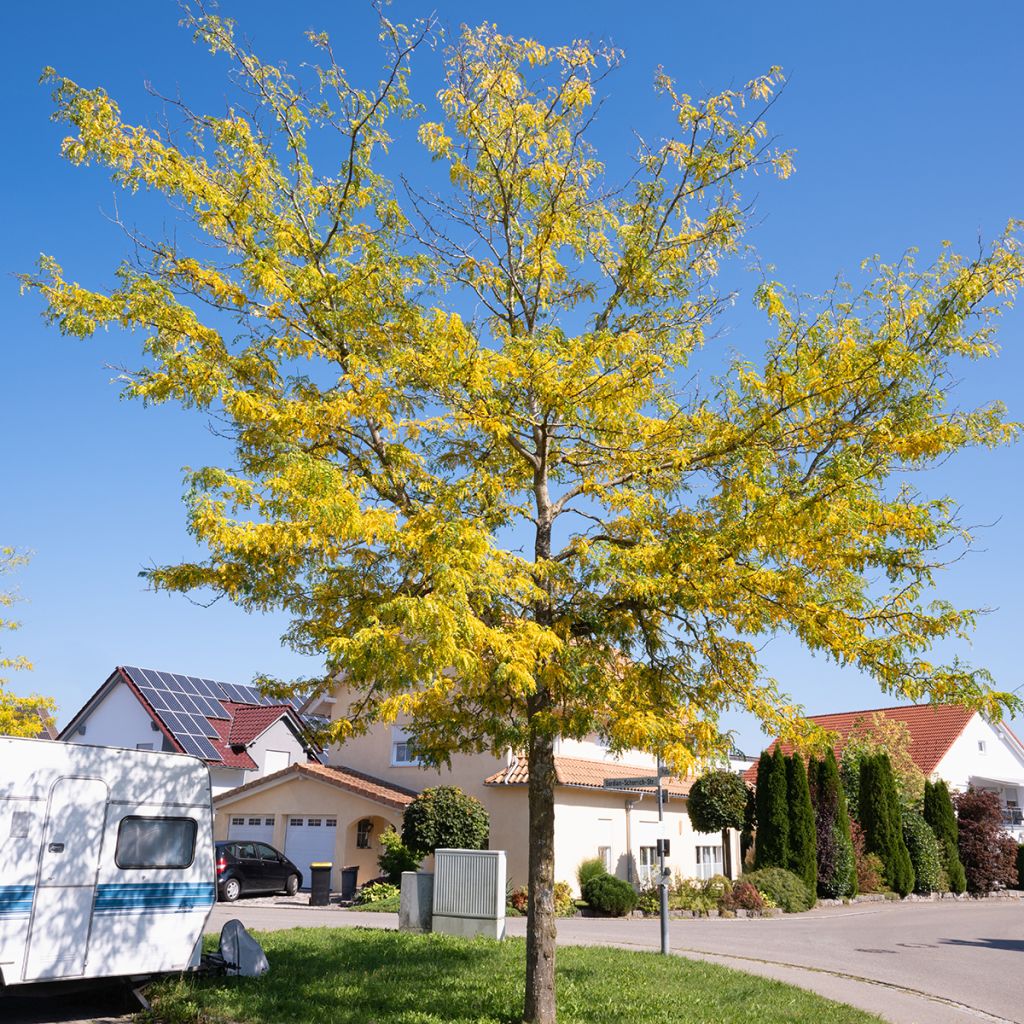

Gleditsia triacanthos f. inermis SKYLINE - Honeylocust
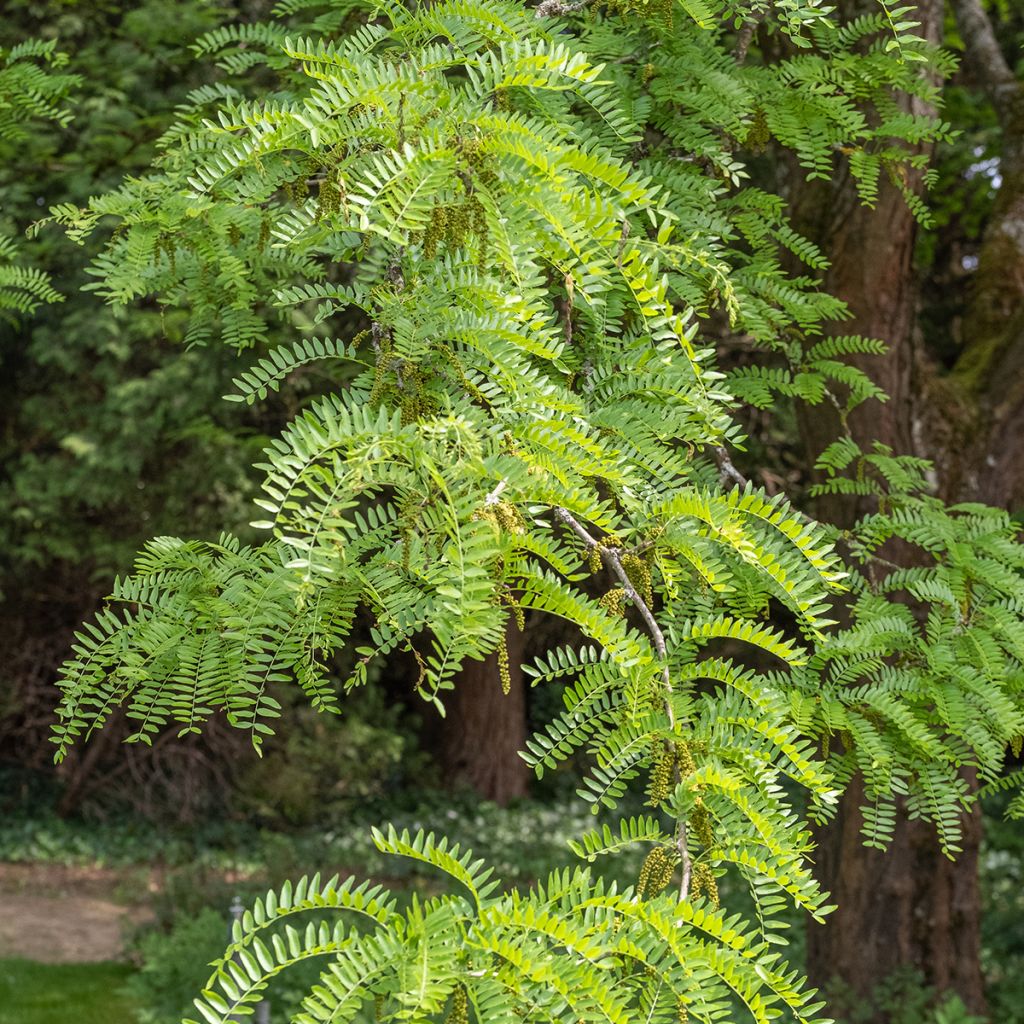

Gleditsia triacanthos f. inermis SKYLINE - Honeylocust
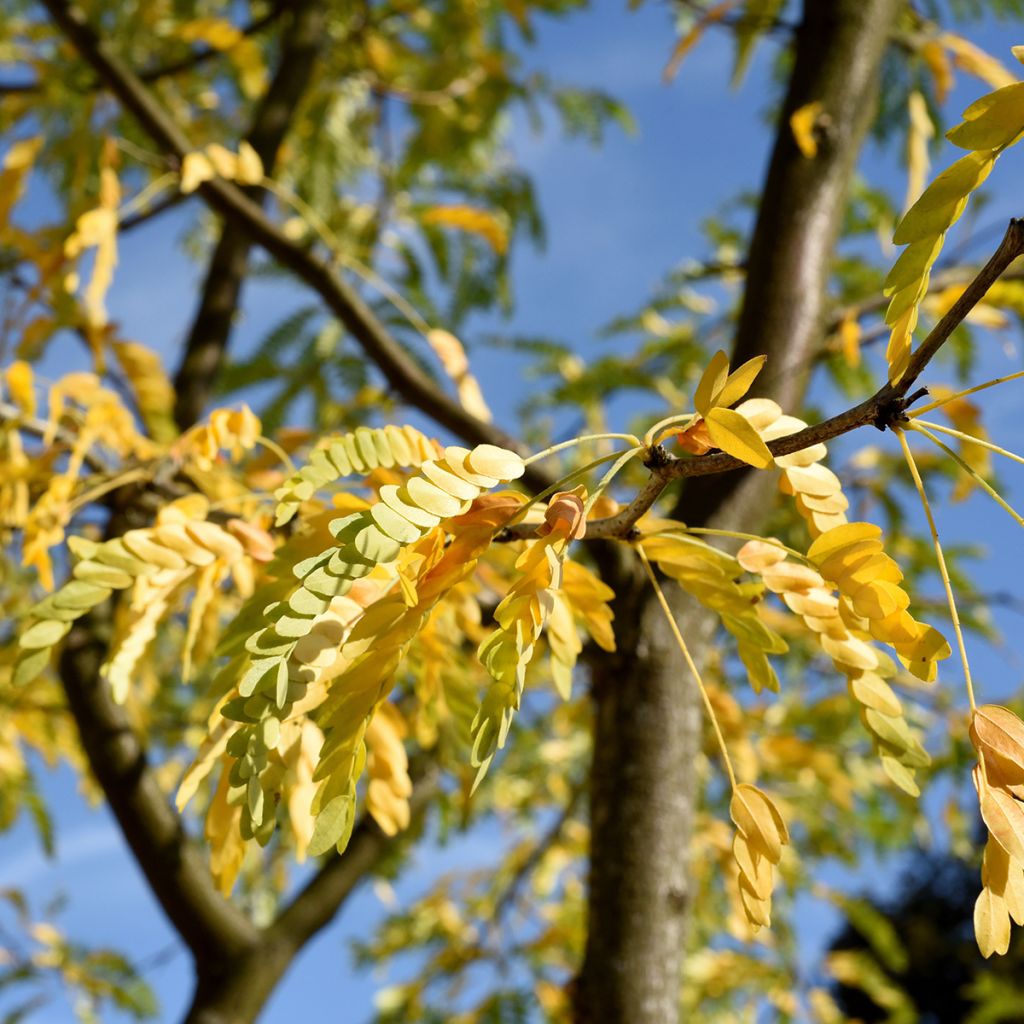

Gleditsia triacanthos f. inermis SKYLINE - Honeylocust
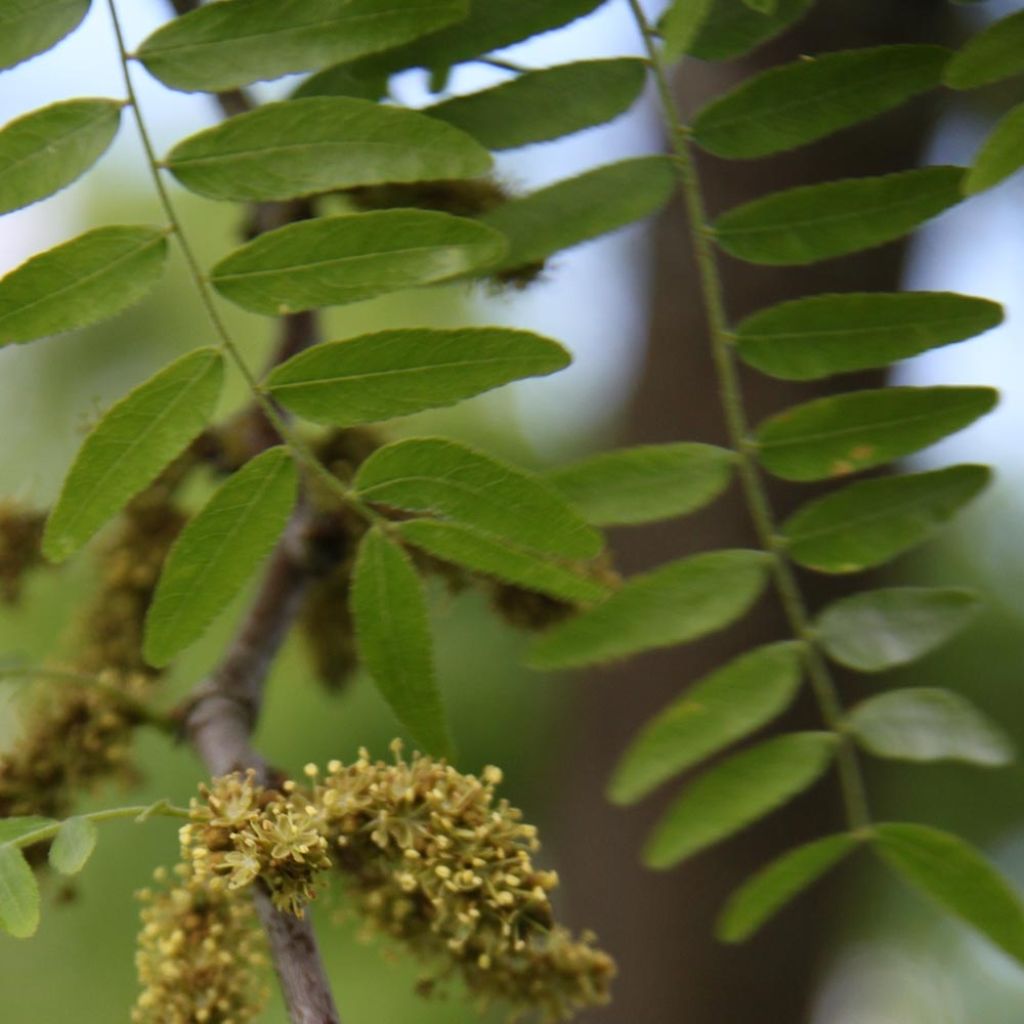

Gleditsia triacanthos f. inermis SKYLINE - Honeylocust
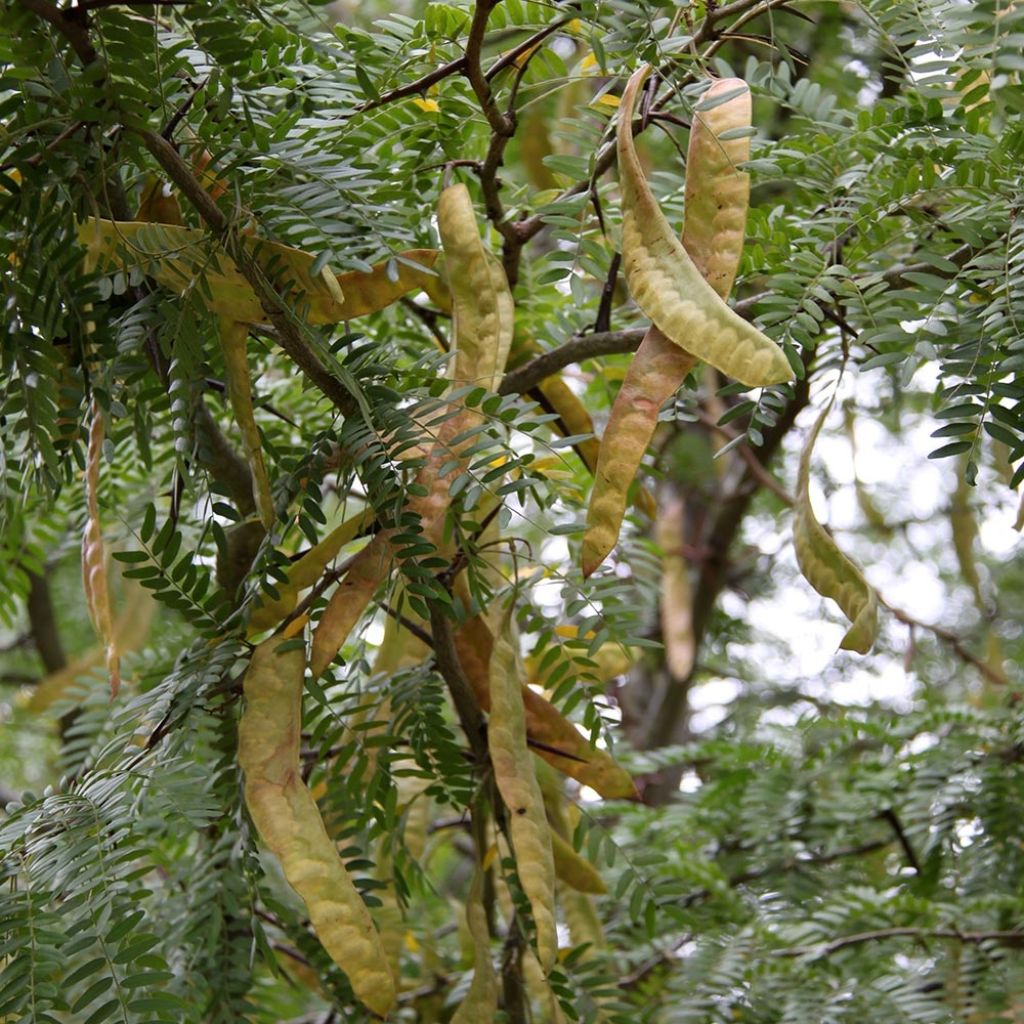

Gleditsia triacanthos f. inermis SKYLINE - Honeylocust
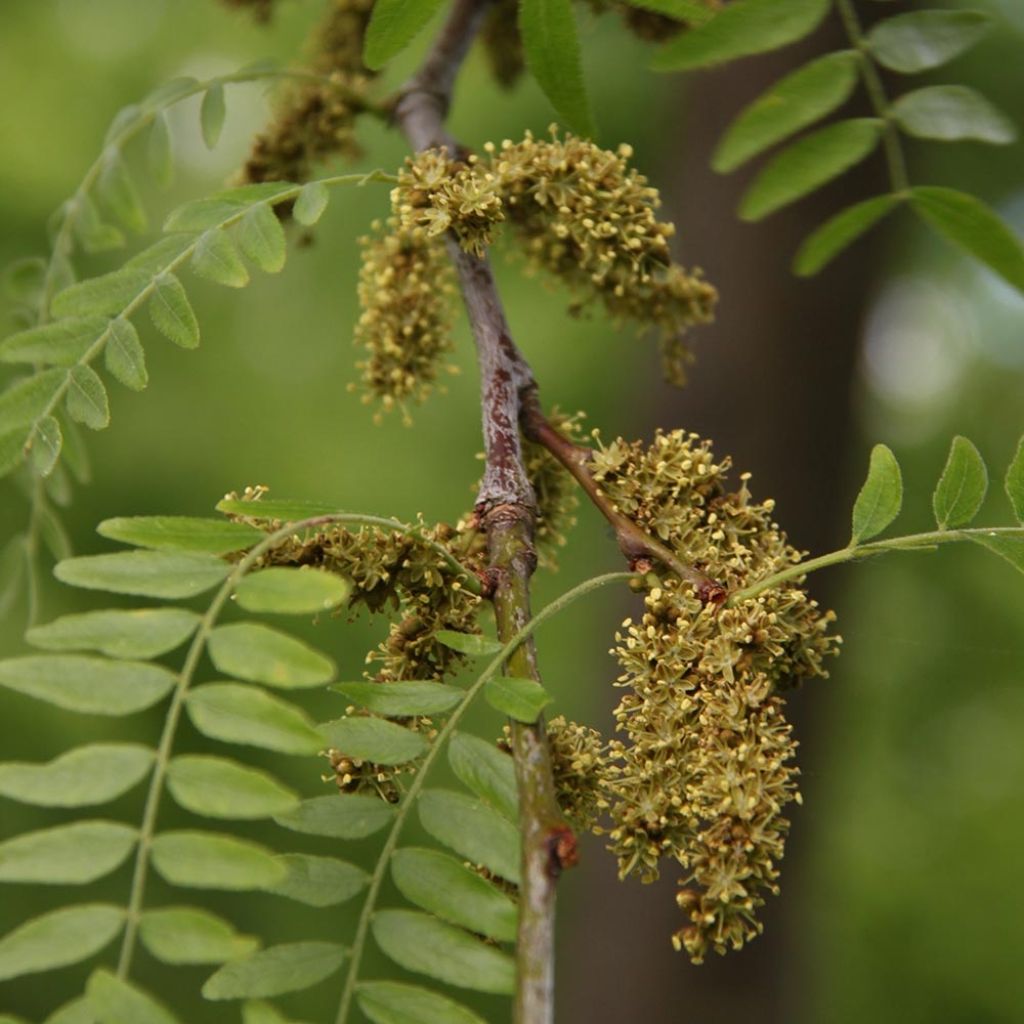

Gleditsia triacanthos f. inermis SKYLINE - Honeylocust
Gleditsia triacanthos f. inermis SKYLINE - Honeylocust
Gleditsia triacanthos f.inermis Skyline
Thornless Honeylocust
Special offer!
Receive a €20 voucher for any order over €90 (excluding delivery costs, credit notes, and plastic-free options)!
1- Add your favorite plants to your cart.
2- Once you have reached €90, confirm your order (you can even choose the delivery date!).
3- As soon as your order is shipped, you will receive an email containing your voucher code, valid for 3 months (90 days).
Your voucher is unique and can only be used once, for any order with a minimum value of €20, excluding delivery costs.
Can be combined with other current offers, non-divisible and non-refundable.
Home or relay delivery (depending on size and destination)
Schedule delivery date,
and select date in basket
This plant carries a 24 months recovery warranty
More information
We guarantee the quality of our plants for a full growing cycle, and will replace at our expense any plant that fails to recover under normal climatic and planting conditions.
Does this plant fit my garden?
Set up your Plantfit profile →
Description
Gleditsia triacanthos f. inermis SKYLINE is a beautiful variety of American Honey Locust that stands out for its upright and pyramidal habit, with a compact and closed crown. Its deciduous foliage, glossy and finely cut like that of the Albizia, is dark green from spring to summer, turning golden yellow in autumn. This variety is devoid of thorns. With its majestic habit, it provides a light shade, very pleasant in summer. Superb as a standalone or in rows, this original plant will adapt to any type of soil, and its good hardiness will allow it to acclimate everywhere in the UK.
Gleditsia triacanthos is a tree of the Fabaceae family, related to the carob tree, native to the eastern and central United States (from Nebraska, through Pennsylvania to Texas). Its growth is fast, especially on moist soil. SKYLINE is a horticultural selection obtained in the United States in 1957. Its branches are completely devoid of thorns. It has a particularly upright silhouette, conical to pyramidal, and a vegetation arranged in 'drapery'. It will reach about 15m (49ft 2in) in height and 8m (26ft 2in) in spread. The foliage appears late, in late spring. The large leaves, finely cut into small leaflets, are alternate, pinnately compound, and measure between 14 and 25cm (5.5 and 9.8in). Dark green, they turn golden yellow in autumn. The straight and clear trunk has a beautiful dark bark with crevices. This tree is dioecious (there are male and female individuals) and its discreet summer flowering is very honey-producing. Only female trees bear mahogany to brownish and flattened pods, 20 to 40cm (7.9 to 15.7in) long, persistent in winter, with sweet and edible pulp. The SKYLINE cultivar does not produce or produces very few fruits. Young plants need to be protected from severe cold, but a mature tree will withstand temperatures well below -15°C (5 °F). This tree has a deep and taproot system, which requires a soil of good thickness.
One may wonder why the Thornless Honey Locust and its varieties are not more commonly planted in the UK, which seems to only welcome the Albizia in its gardens, although it is less hardy and not easier to grow. This is probably due to its insignificant flowering, largely compensated by the splendoUr of its foliage. In short, it is a perfect tree as a standalone, in a large garden, planted near the terrace or a resting area, where it provides a beautiful and pleasant light shade, without preventing other plants from growing at its base. The SKYLINE cultivar is particularly suitable for lining driveways and avenues.
An ornamental tree and a useful plant, Gleditsia has hard and dense, reddish-brown wood, locally used for making poles, railway sleepers, but also appreciated in cabinetmaking. Its foliage, rich in proteins, is excellent fodder for livestock. This very adaptable tree, if it thrives in rich and moist soil, or even poorly drained soil, ultimately tolerates dry, poor, and limestone soils once it is well established, of course.
Report an error about the product description
Gleditsia triacanthos f. inermis SKYLINE - Honeylocust in pictures
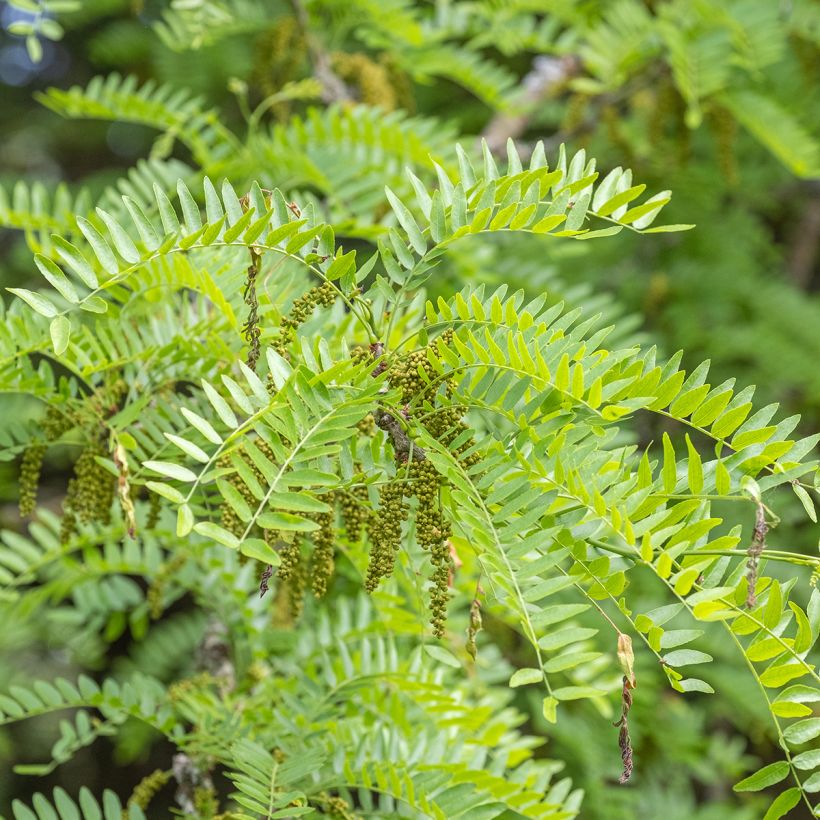

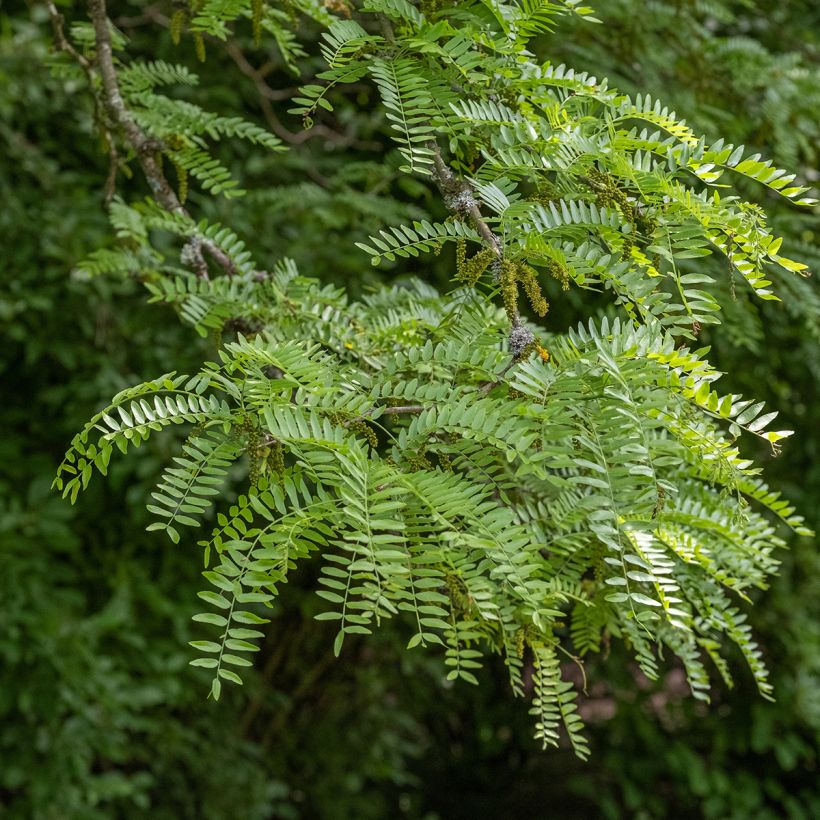

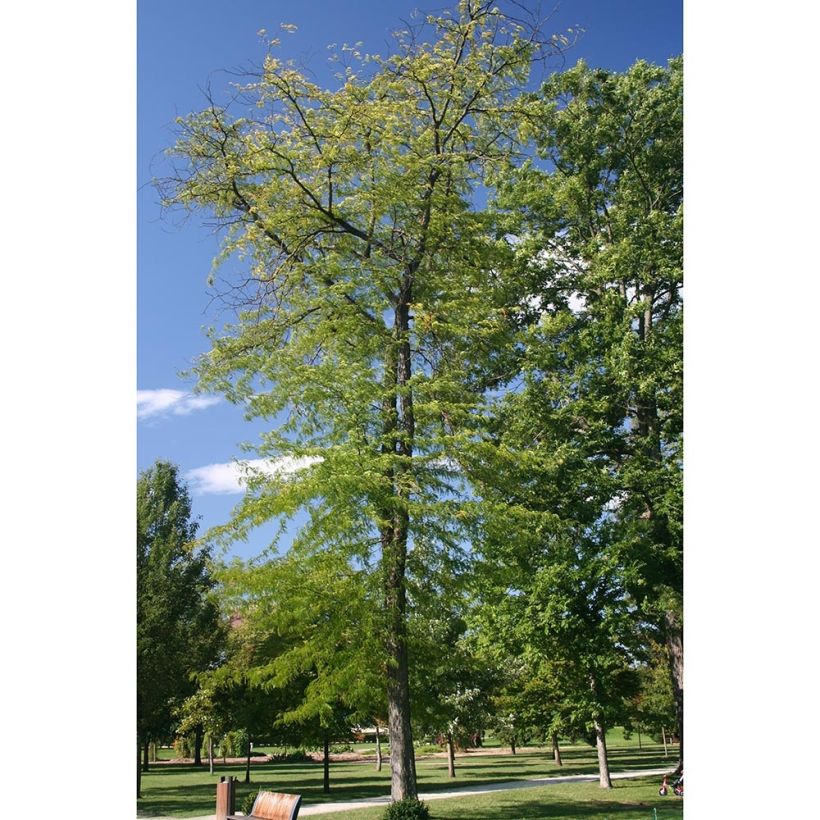

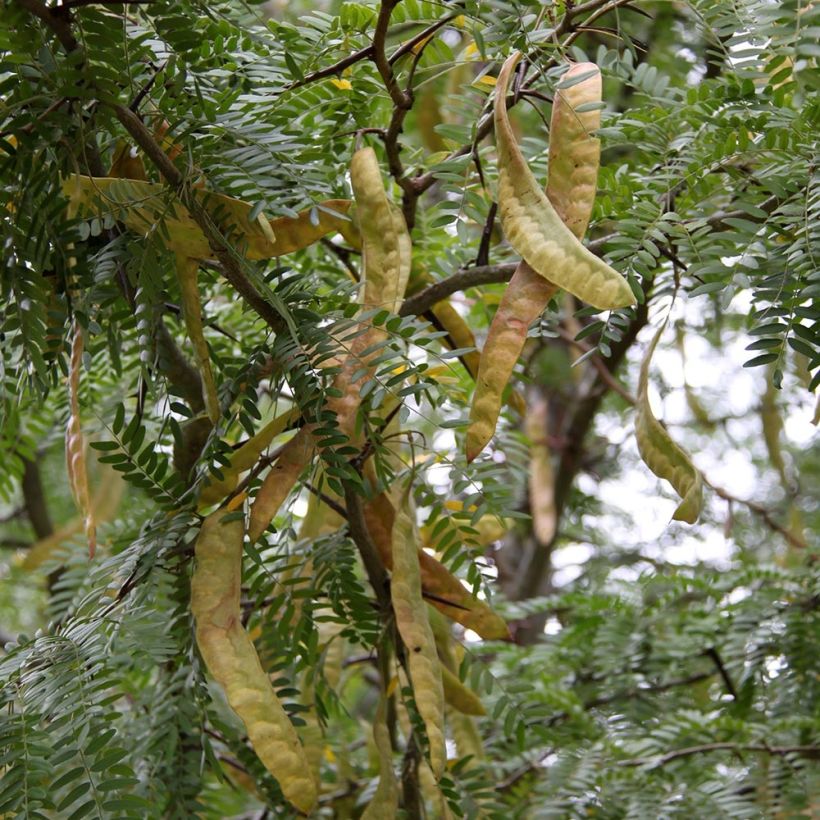

Plant habit
Flowering
Foliage
Botanical data
Gleditsia
triacanthos f.inermis
Skyline
Fabaceae
Thornless Honeylocust
Cultivar or hybrid
Planting and care
Gleditsia triacanthos SKYLINE prefers a sunny location and a rich but well-drained soil. Areas where the wind often blows should be avoided as the wood is quite fragile. Make a deep planting hole for it, removing a thick layer of gravel and mixing compost and sand with your garden soil if necessary to lighten heavy soils such as clay. When young, you can protect it with a winter veil if your garden is located north of the Loire. Pruning is limited to the removal of dead branches; it does not require any formative pruning as its trunk naturally clears itself.
Planting period
Intended location
Care
Planting & care advice
This item has not been reviewed yet - be the first to leave a review about it.
Similar products
Haven't found what you were looking for?
Hardiness is the lowest winter temperature a plant can endure without suffering serious damage or even dying. However, hardiness is affected by location (a sheltered area, such as a patio), protection (winter cover) and soil type (hardiness is improved by well-drained soil).

Photo Sharing Terms & Conditions
In order to encourage gardeners to interact and share their experiences, Promesse de fleurs offers various media enabling content to be uploaded onto its Site - in particular via the ‘Photo sharing’ module.
The User agrees to refrain from:
- Posting any content that is illegal, prejudicial, insulting, racist, inciteful to hatred, revisionist, contrary to public decency, that infringes on privacy or on the privacy rights of third parties, in particular the publicity rights of persons and goods, intellectual property rights, or the right to privacy.
- Submitting content on behalf of a third party;
- Impersonate the identity of a third party and/or publish any personal information about a third party;
In general, the User undertakes to refrain from any unethical behaviour.
All Content (in particular text, comments, files, images, photos, videos, creative works, etc.), which may be subject to property or intellectual property rights, image or other private rights, shall remain the property of the User, subject to the limited rights granted by the terms of the licence granted by Promesse de fleurs as stated below. Users are at liberty to publish or not to publish such Content on the Site, notably via the ‘Photo Sharing’ facility, and accept that this Content shall be made public and freely accessible, notably on the Internet.
Users further acknowledge, undertake to have ,and guarantee that they hold all necessary rights and permissions to publish such material on the Site, in particular with regard to the legislation in force pertaining to any privacy, property, intellectual property, image, or contractual rights, or rights of any other nature. By publishing such Content on the Site, Users acknowledge accepting full liability as publishers of the Content within the meaning of the law, and grant Promesse de fleurs, free of charge, an inclusive, worldwide licence for the said Content for the entire duration of its publication, including all reproduction, representation, up/downloading, displaying, performing, transmission, and storage rights.
Users also grant permission for their name to be linked to the Content and accept that this link may not always be made available.
By engaging in posting material, Users consent to their Content becoming automatically accessible on the Internet, in particular on other sites and/or blogs and/or web pages of the Promesse de fleurs site, including in particular social pages and the Promesse de fleurs catalogue.
Users may secure the removal of entrusted content free of charge by issuing a simple request via our contact form.
The flowering period indicated on our website applies to countries and regions located in USDA zone 8 (France, the United Kingdom, Ireland, the Netherlands, etc.)
It will vary according to where you live:
- In zones 9 to 10 (Italy, Spain, Greece, etc.), flowering will occur about 2 to 4 weeks earlier.
- In zones 6 to 7 (Germany, Poland, Slovenia, and lower mountainous regions), flowering will be delayed by 2 to 3 weeks.
- In zone 5 (Central Europe, Scandinavia), blooming will be delayed by 3 to 5 weeks.
In temperate climates, pruning of spring-flowering shrubs (forsythia, spireas, etc.) should be done just after flowering.
Pruning of summer-flowering shrubs (Indian Lilac, Perovskia, etc.) can be done in winter or spring.
In cold regions as well as with frost-sensitive plants, avoid pruning too early when severe frosts may still occur.
The planting period indicated on our website applies to countries and regions located in USDA zone 8 (France, United Kingdom, Ireland, Netherlands).
It will vary according to where you live:
- In Mediterranean zones (Marseille, Madrid, Milan, etc.), autumn and winter are the best planting periods.
- In continental zones (Strasbourg, Munich, Vienna, etc.), delay planting by 2 to 3 weeks in spring and bring it forward by 2 to 4 weeks in autumn.
- In mountainous regions (the Alps, Pyrenees, Carpathians, etc.), it is best to plant in late spring (May-June) or late summer (August-September).
The harvesting period indicated on our website applies to countries and regions in USDA zone 8 (France, England, Ireland, the Netherlands).
In colder areas (Scandinavia, Poland, Austria...) fruit and vegetable harvests are likely to be delayed by 3-4 weeks.
In warmer areas (Italy, Spain, Greece, etc.), harvesting will probably take place earlier, depending on weather conditions.
The sowing periods indicated on our website apply to countries and regions within USDA Zone 8 (France, UK, Ireland, Netherlands).
In colder areas (Scandinavia, Poland, Austria...), delay any outdoor sowing by 3-4 weeks, or sow under glass.
In warmer climes (Italy, Spain, Greece, etc.), bring outdoor sowing forward by a few weeks.









































